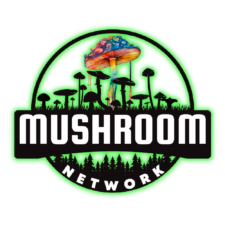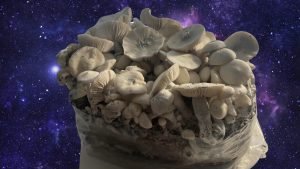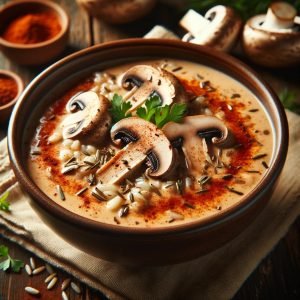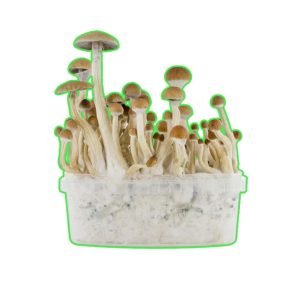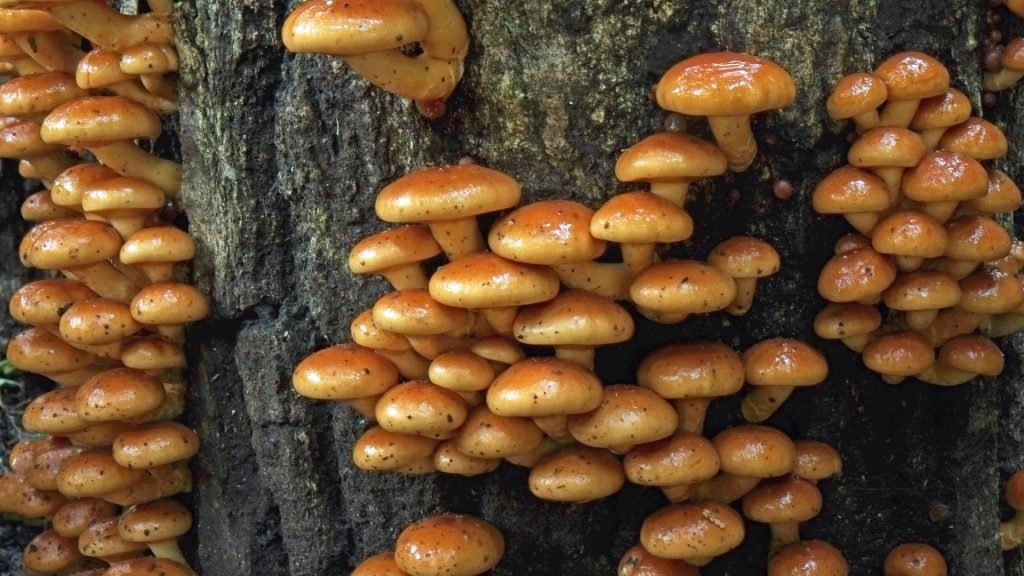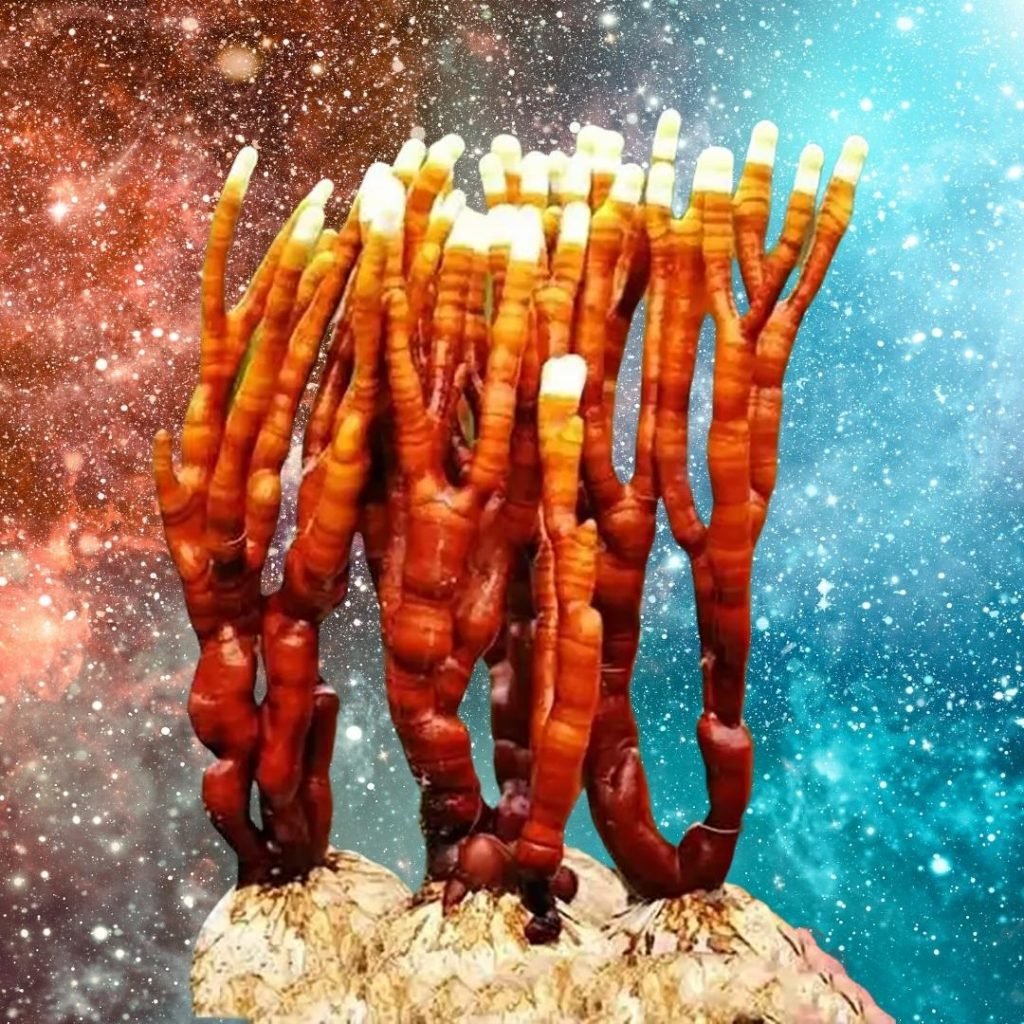In the grand saga of home mushroom cultivation, the arch-nemesis often appears in a shade of green – yes, we’re talking about the dreaded green mold. “Attack of the Green Mold: Defending Your Mushroom Empire” is your battle manual against this common, yet formidable, foe. Armed with wit and wisdom, this article dives into the trenches of fungal warfare, unearthing strategies to shield your precious mushroom cultures. Get ready to embark on an epic quest to outsmart this villainous mold and protect your mycelial kingdom!
The onset of green mold in mushroom cultures is akin to a surprise attack in a peaceful kingdom – swift, stealthy, and potentially devastating. This insidious invader, known scientifically as Trichoderma, can swiftly overthrow your fungal domain if left unchecked. In these initial paragraphs, we’ll explore the early signs of this green menace, from subtle changes in the aroma to visible spore invasions.
However, this isn’t just a tale of doom and gloom. Armed with the right knowledge and tools, every home cultivator can become a gallant myco-warrior. We’ll delve into the art of detection, the science of prevention, and the craft of intervention. Prepare to be enlightened with tips and tricks that range from the basic to the bizarre, all in the name of keeping your mushroom cultures flourishing and free of the green scourge.
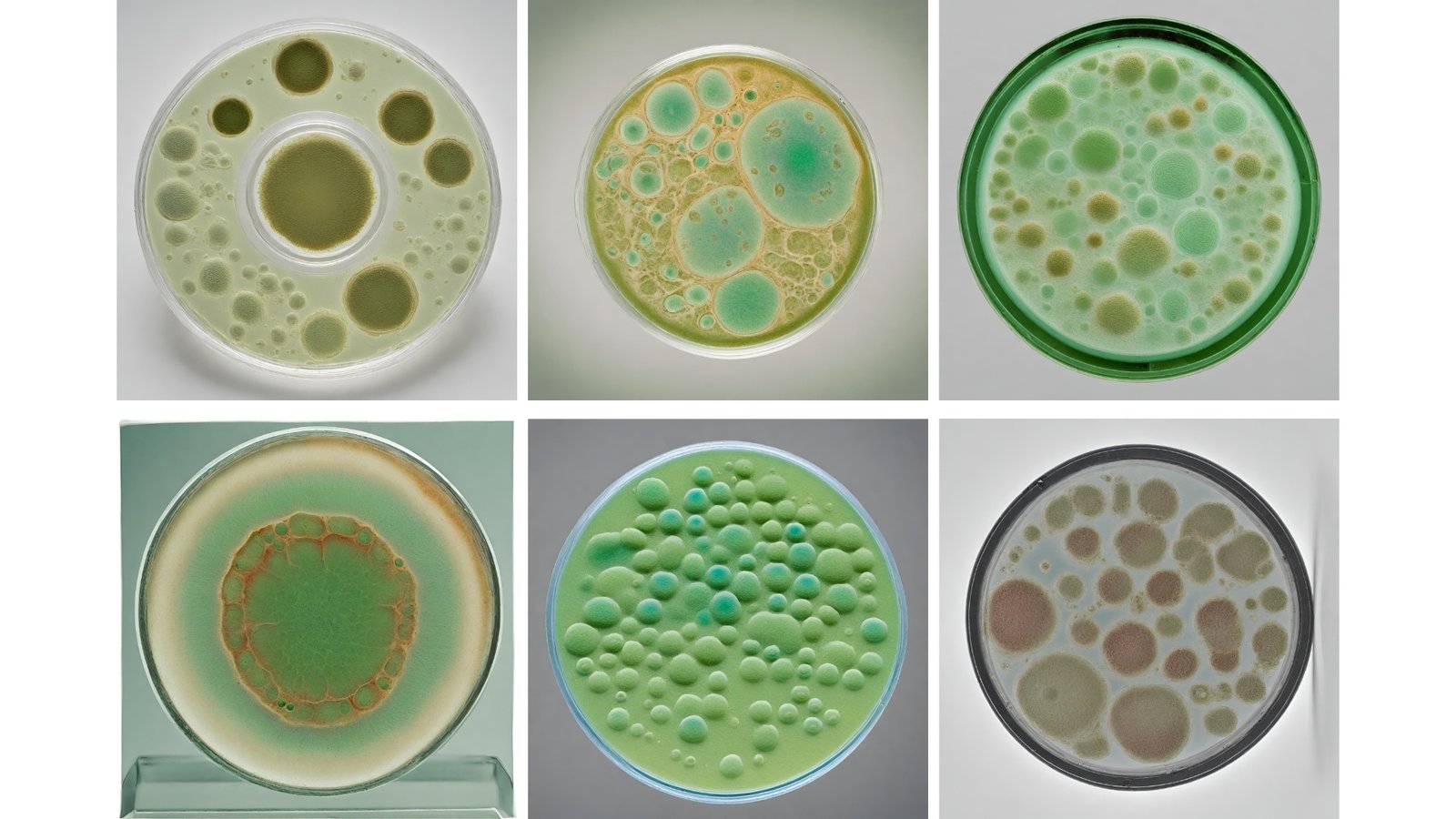
The Stealthy Invader: Recognizing Green Mold:
At the time of writing this article, there are currently 89 recognized species in the genus Trichoderma. Green mold, unlike its fairytale counterpart, is no friend to mushrooms. First, we’ll identify the signs of its presence – from the initial white mycelium-like growth that turns a distinctive green, to the musty, earthy odor it emits. Understanding these signs is crucial for early intervention.
Next, we’ll discuss how green mold can outcompete your mushrooms for nutrients and space. It’s a silent war for resources, and green mold often has the upper hand due to its rapid growth rate and resilience.
But knowledge is power. We’ll examine case studies where cultivators successfully identified and addressed early green mold infestation, saving their crops and learning valuable lessons in the process.
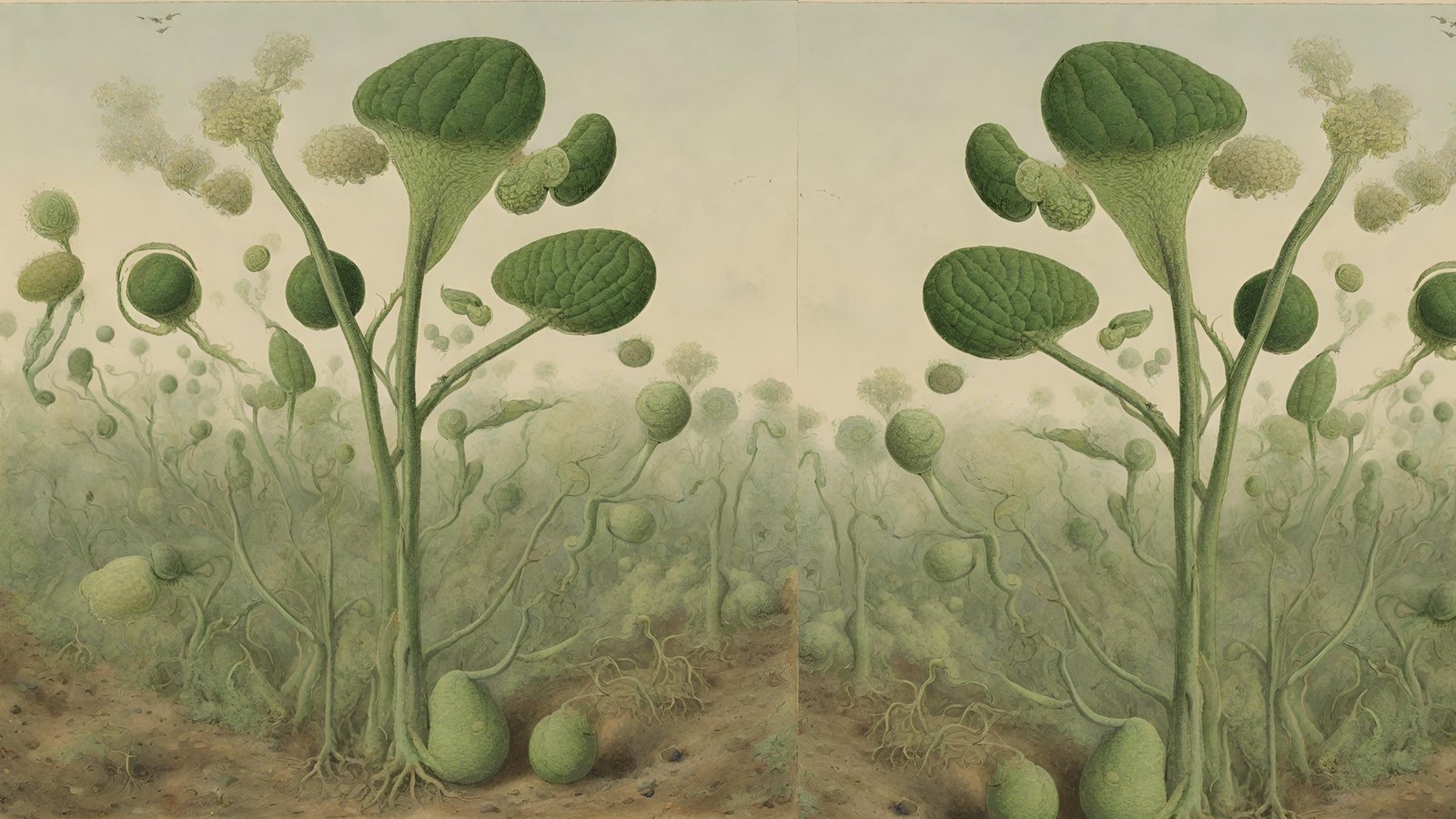
Fortress Fungi: Preventive Measures:
Prevention is better than cure, especially in the realm of mushroom cultivation. This section focuses on creating an environment that’s inhospitable to Trichoderma. We’ll delve into the importance of maintaining proper humidity and temperature, as these factors can significantly deter mold growth. Sterilization is your next line of defense. We’ll guide you through various sterilization techniques for substrates and equipment, from the basics of boiling and baking to more advanced methods like pressure sterilization.
The First Line of Defense: Environmental Control: Creating an inhospitable environment for Trichoderma, the causative agent of green mold, is crucial. This begins with meticulous control of humidity and temperature within your cultivation area. Ideal humidity levels vary depending on the mushroom species but generally, keeping it around 80-95% for most species, while avoiding excess moisture that favors mold growth, is key. Temperature control is equally vital; most mushrooms thrive at 55-60°F (13-16°C), a range that can suppress green mold proliferation. Remember, consistency is king – fluctuations in these environmental conditions can create opportunities for Trichoderma to gain a foothold.
The Art of Sterilization: Ensuring Purity: Sterilization of substrates and equipment is a non-negotiable aspect of mushroom cultivation. Boiling and baking are accessible techniques for small-scale cultivators – boiling substrates for at least 30 minutes or baking at 300°F (149°C) for 1-2 hours can effectively kill potential contaminants. For larger operations or more contamination-prone setups, pressure sterilization is the gold standard. Using a pressure cooker or autoclave to maintain a temperature of 250°F (121°C) at 15 psi for a minimum of 60 minutes ensures even the most stubborn spores are neutralized. Remember, even the smallest oversight in sterilization can be an open invitation for green mold.
Choosing Your Battleground: Substrates and Additives: The substrate you choose can significantly influence your success in avoiding green mold contamination. Some substrates, like straw or hardwood chips, are less prone to green mold infestation due to their structure and composition. Adding lime or gypsum can help maintain a neutral pH, creating a less favorable environment for Trichoderma. It’s a balance of providing enough nutrients for your mushrooms while not creating a breeding ground for mold. Experimentation and research are key – understanding the properties of different substrates and how they interact with your specific mushroom species can make a monumental difference in the fight against green mold.
Cleanliness is Next to Mycologist-ness: Hygiene Practices: Never underestimate the importance of personal hygiene and cleanliness in your cultivation space. Simple practices like washing hands thoroughly before handling cultures, using disinfectants regularly, and wearing clean clothes can significantly reduce the risk of introducing green mold. Tools should be sanitized between uses, and surfaces should be wiped down with alcohol or bleach solutions. Think of your cultivation area as a surgical theater – the cleaner, the better.
Air Quality and Circulation: Breathing Easy: Air quality plays a pivotal role in preventing green mold infestation. Good ventilation systems or laminar flow hoods help in maintaining a clean air environment around your cultures. HEPA filters are particularly effective in filtering out mold spores from the air. However, be mindful of excessive air movement which can dry out substrates. It’s about striking a balance – ensuring a flow of clean air while maintaining the microclimate your mushrooms love.
The universe of mushrooms is expansive, each variant bearing its own unique charm and characteristics. The Marketplace on the 🍄 Mushroom Network is a testament to this diversity. It is a haven for those seeking a deeper understanding of the magical world of mushrooms. If you’re keen on learning more about this type of mushroom and other mushroom variants, this Marketplace is your ultimate resource.
No posts found!
Woah there, eager beaver! 🦫 The 🍄 Mushroom Network’s Marketplace is a smorgasbord of mycological marvels, but it’s VIP access only! 🔐 Log In or Become a Myco-Patron (Yup, still FREE!) to see what all the fuss is about. Trust us, you’ll want in on these shroomy shenanigans! 🍄🎉
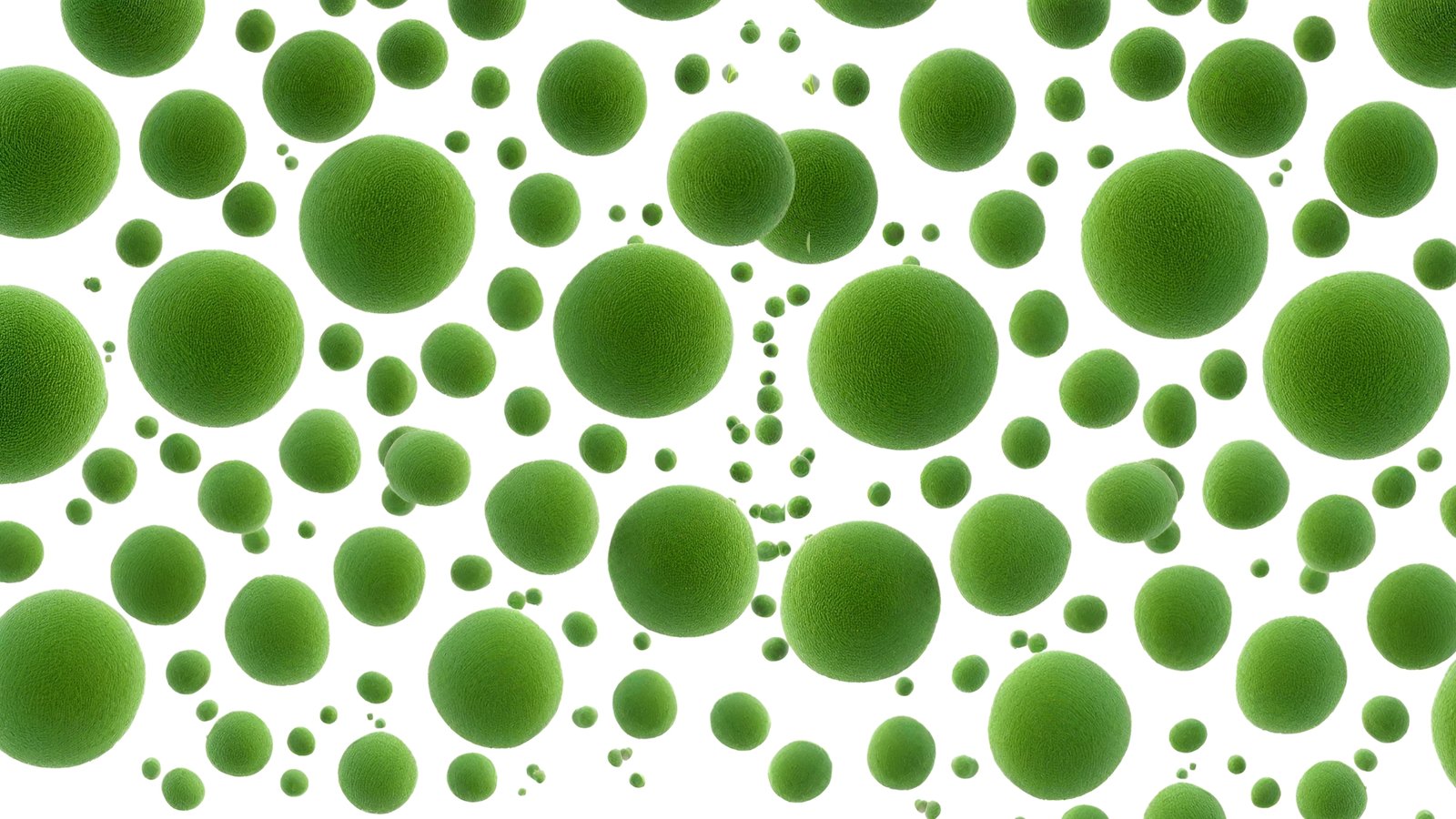
When Mold Strikes: Effective Remediation:
Initial Response: Isolation and Assessment: The first step when you detect green mold is to isolate the affected area. Remove the contaminated substrates or cultures from your grow room immediately to prevent spore spread. Assess the extent of contamination – if it’s localized, you may have a chance to save the unaffected areas. Remember, swift action is crucial; the longer you wait, the more the mold will spread.
Surgical Removal: Salvaging the Unaffected: If the contamination is not widespread, you might be able to salvage parts of your crop. Carefully cut away the contaminated sections, ensuring you remove a buffer area around the visibly affected parts. Dispose of these sections securely, preferably by sealing them in a bag and discarding them outside your cultivation area. Sterilize your tools immediately after this process to avoid cross-contamination.
Chemical Warfare: Using Antifungal Agents: In some cases, applying antifungal agents can help control the spread of green mold. Hydrogen peroxide is a commonly used agent – it can be lightly sprayed over the affected areas and the surrounding environment. However, be cautious; excessive use can harm the mycelium of your mushrooms. It’s a delicate balancing act between controlling mold and preserving your mushroom culture.
The Nuclear Option: Starting Over: Sometimes, the most practical decision is to start over. If green mold has extensively contaminated your culture or substrate, it’s often better to discard the entire batch. This prevents the risk of any residual mold affecting future batches. While it’s disheartening to start from scratch, remember that it’s a clean slate – an opportunity to apply your learnings and come back stronger.
Learning and Adapting: Post-Contamination Analysis: After a contamination incident, take the time to analyze what went wrong. Was it a lapse in sterilization, a problem with the substrate, or environmental conditions? Use this as a learning experience to improve your cultivation practices. Adjust your methods, experiment with different techniques, and don’t hesitate to seek advice from fellow cultivators or mycology forums. Every failure is a step towards becoming a more adept mushroom cultivator.
Not sure where to start? The 🍄 Mushroom Academy offers a wide range of courses tailored to your needs. Whether you’re a beginner eager to learn or an experienced mycologist looking to broaden your knowledge, the 🍄 Academy has something for everyone.
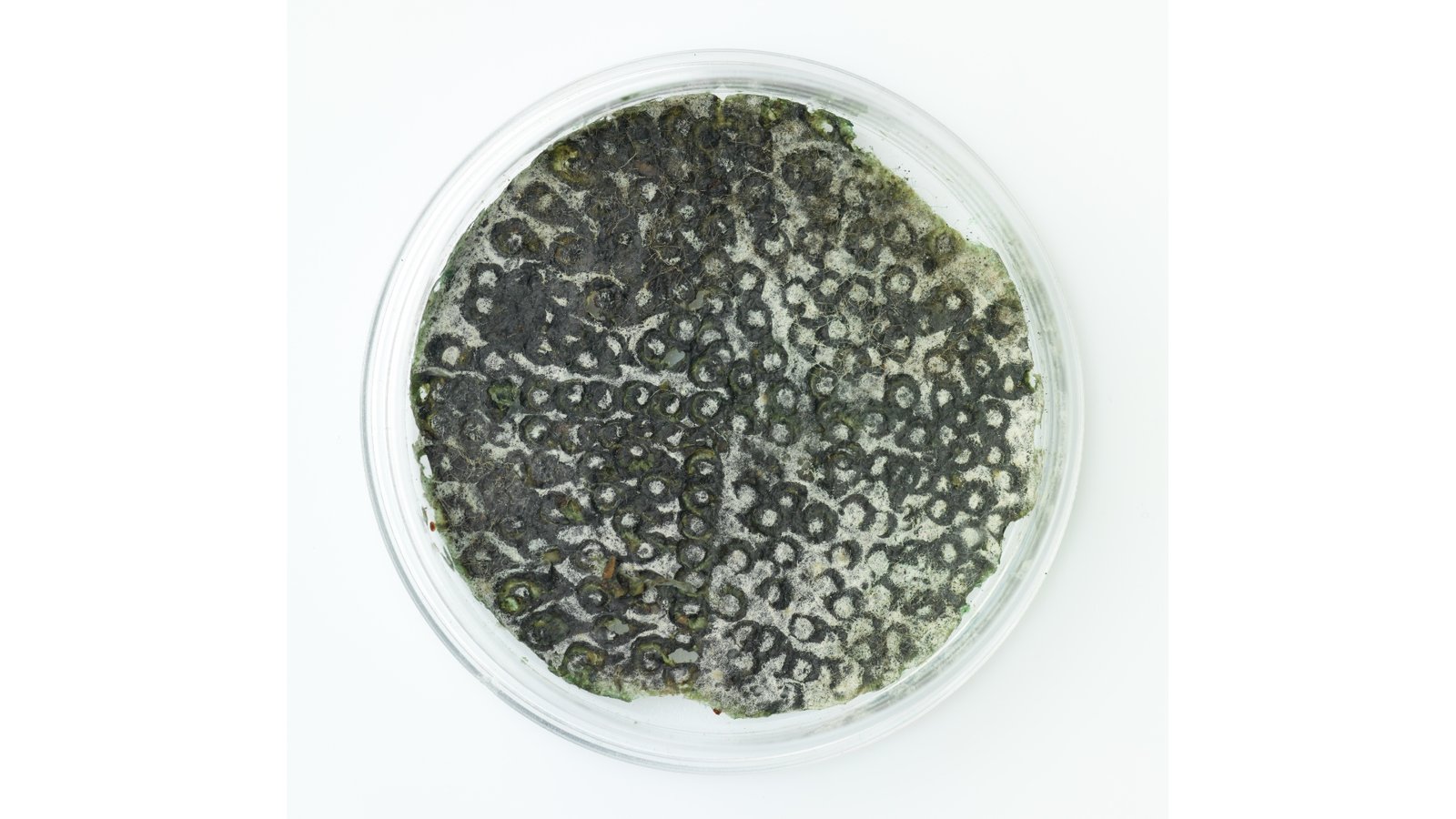
The Mycologist’s Creed:
As we conclude our guide on defending against green mold, let’s reflect on the resilience and ingenuity required in mushroom cultivation. This journey through the perils of contamination is more than a battle; it’s a testament to the cultivator’s perseverance and adaptability.
In the grand scheme of things, each challenge is an opportunity to learn and grow. As you continue your mycological pursuits, remember that every setback is a step forward in your journey of becoming a seasoned mycologist. Armed with the knowledge from this guide, you’re well-equipped to protect your mushroom empire and cultivate with confidence.
Love what you’re reading? Make it FBO (Facebook Official) with us! 🤘🏼 Hit that subscribe button on YouTube, follow our Facebook Page, join our FB Group – Wood Wide Web, and chirp along with us on Twitter/X. While you’re at it, peep into the 🍄 Mushroom Network’s Marketplace—where our Network shelves change faster than a Pink Oyster (Pleurotus Djamor) pins!
Recommended Reads:
Stormtrooper (PC-Strain)
Greetings, Fungi Aficionados and Scholars! Welcome to a galaxy of mycological wonders where the Stormtrooper...
Read More...The War Against Contaminants: A Clean Sweep of Sterile TEK Tips & Tricks
About This Article: This is where you can leave notes or details that only ADMINS...
Read More...RECIPE: Cream of Mushroom Soup with Smoked Paprika and Brown Rice
Introduction: Immerse yourself in the warmth of this Cream of Mushroom Soup, where each spoonful...
Read More...The Psychedelic Potential of Psilocybe Cubensis B+: A Closer Look at the Research
Aiding mental health with mushrooms might seem like a thing of fantasy, but with B+...
Read More...Whoa there, Spore Sport! 🍄 Looks like you’re not logged in yet. Don’t you know what you’re missing? MYCO-CREDITS! Imagine all the fungal fun you could have. It’s like finding a Morel in May and not picking it. Tragic, right? Log In or Become a Myco-Patron and start racking up those credits. It’s more rewarding than finding a mushroom in your backyard! 🌟🏡
